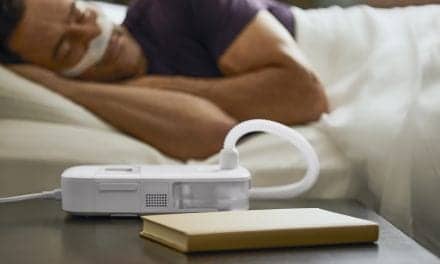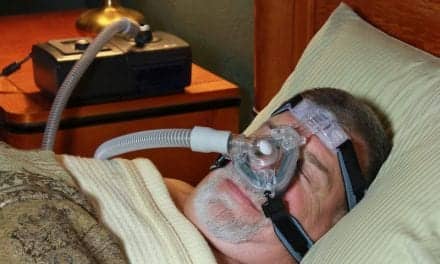How do you select an appropriate interface for a patient during the pandemic? Several innovative software options are available.
By Lisa Spear
Under normal circumstances, fitting a patient for a CPAP mask calls for an in-person visit. Measurements of the craniofacial anatomy are taken. A sleep tech or respiratory therapist (RT) asks a few questions. The process involves an investment in staffing, time, and a brick-and-mortar building. During these visits, staying at least 6 feet apart to minimize the risk of coronavirus spread is not always possible.
As SARS-CoV-2 took root across the country this spring and cases in the United States eclipsed other nations, more Americans opted to cancel or postpone non-emergency medical care, including visits to select CPAP masks. Home medical equipment (HME) storefronts shuttered, and suppliers scrambled to figure out a solution to continue to reach patients.
In the midst of all the chaos, some sleep medicine software developers innovated their way out of the problem—by developing technology to remotely recommend CPAP masks, without the need for sleep tech or RT in-person assistance. Philips Respironics launched its Mask Selector 2D. ResMed also launched its MaskSelector tool for remote selection and sizing. The companies market their services as a way to protect staff and patients, while delivering care faster at a lower price point.
Read the full article on RT’s sister publication Sleep Review.
…










